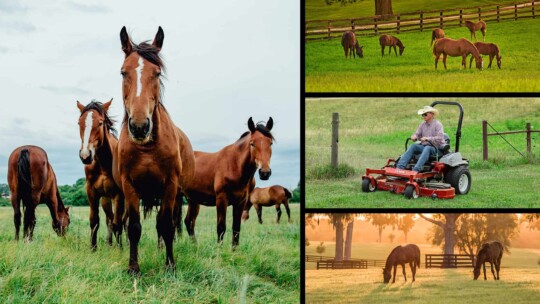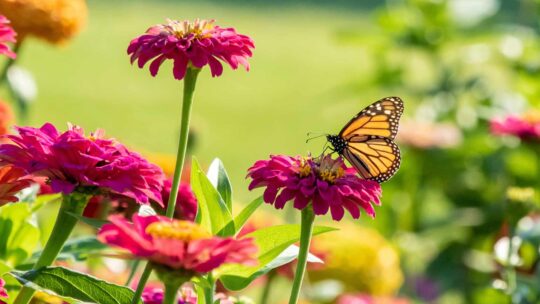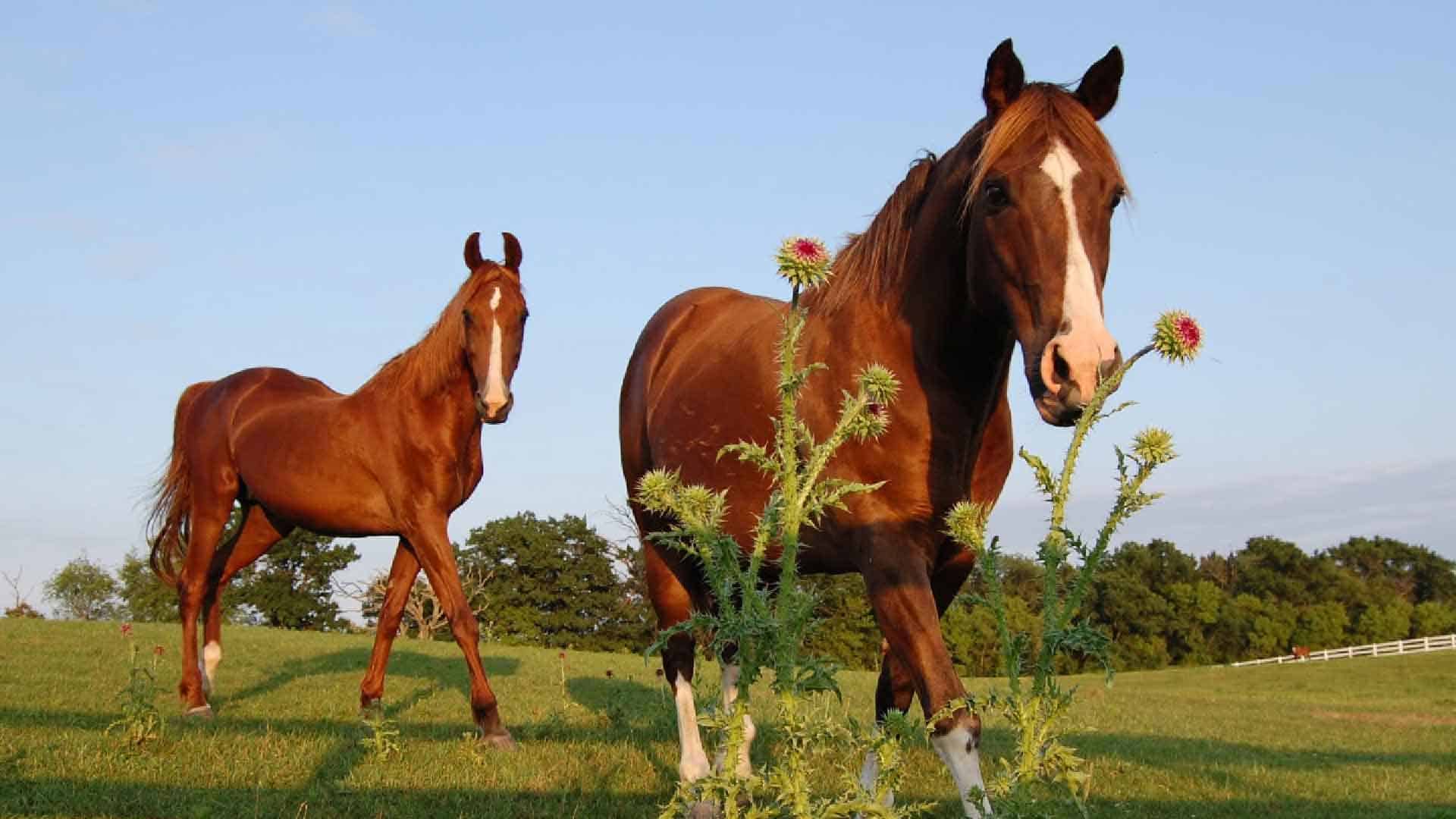
Grae Buck knows—first hand—the time, experience, and patience that go into managing horse pastures. And, he’s also quick to point out the critical role identifying and controlling toxic weeds play in doing so properly. Follow the environmental scientist-turned-bass pro’s horse pasture weed-control tips to ensure the health and safety of both. (Photo Courtesy – Stable Management)
Toxic Plants For Horses
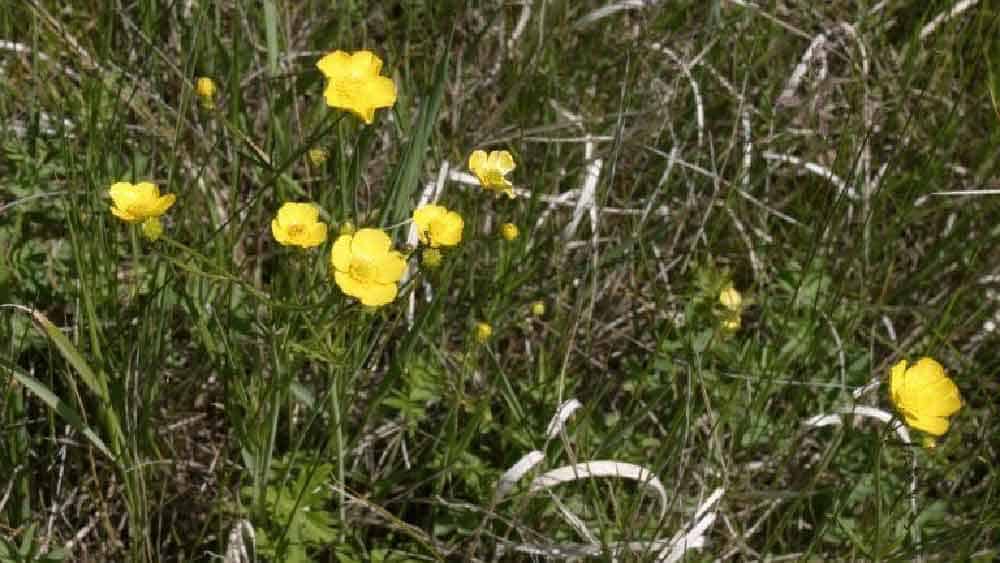

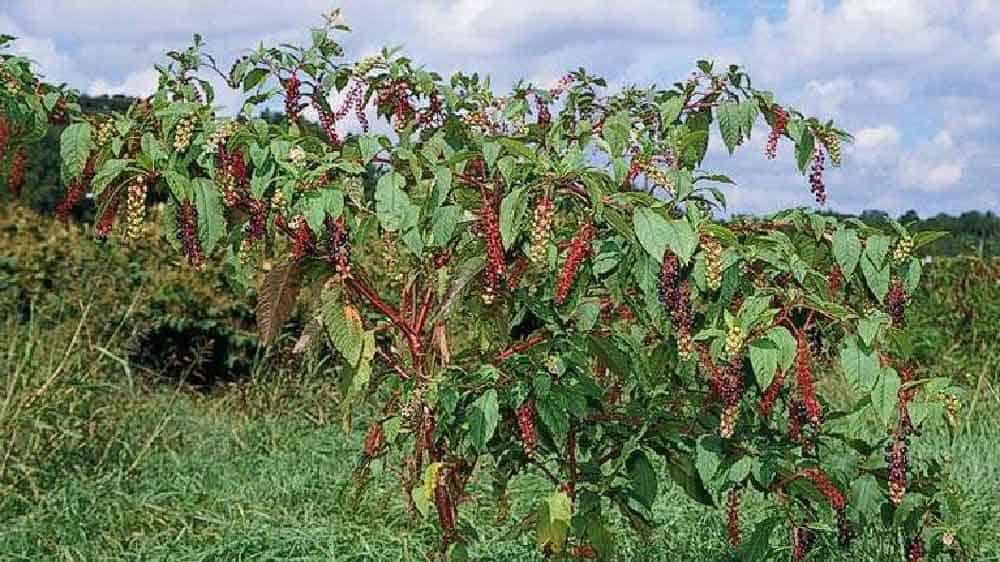
Overgrazing, soil fertility, and nutrient management are often the culprits when it comes to weed overgrowth in pastures. While a majority of weeds are simply nuisances, some species can be toxic, or even fatal, to horses. These species vary by geographic region, but here is a list of common toxic pasture weeds—as well as management strategies to combat them.
Buttercup Species (Photo Courtesy – Montana State University)
Pokeweed (Photo Courtesy – University of California)
Oaks (Black, Chestnut, Red, Pin, White)
Rhododendron, Mountain Laurel, Azalea (Photo Courtesy – Richard Webb)
Test Your Soil
Effective horse pasture management starts with soil testing to help ensure proper fertility. And, Grae says the primary factors affecting this include nutrient management, primary N, P and K, soil pH (acidity) and compaction. If you’re dealing with acidic soil, liming will help to maintain and improve soil fertility. Your State Extension Office likely offers soil testing, and can assist with interpreting the results and making recommendations to address deficiencies.
Weed-Control Strategies
Rotational grazing (allowing adequate rest time of pastures to limit overgrazing) is a common practice in minimizing both soil compaction and weed overgrowth, Grae comments. Weeds are opportunistic. If provided the space to grow (for instance, bare soil due to overgrazing), they will.
Mowing dense vegetation (ideally, three inches in height) is another way to prevent pasture weeds. Adhering to a regimented routine will spur grass growth, thus minimizing weed competition. Should weeds persist, Grae says mechanical/chemical control prior to seeding will help prevent their spread.
Hand digging (also referred to as mechanical removal) is a safe and effective method for controlling sporadic weeds. But, if you’re dealing with substantial weed pressure, Grae says chemical removal (with herbicides) may be required. However, be sure to read herbicide labels carefully to ensure they’re safe for grazing animals prior to applying them. Spot-spraying weeds is the least invasive method of chemical control.
If you find yourself with an overgrazed or exceedingly weedy pasture, Grae notes it may be worth considering pasture renovation. This involves killing the existing vegetation (either through tillage or herbicide) to prepare the seedbed before reseeding pastures.
The most important element of pasture renovation, Grae says, is resting the pasture following reseeding. Newly seeded pastures should have a minimum of one growing season before horses are put back on them. Doing so will allow the vegetation to establish a deep root system.
Here are links to additional pasture-management resources:
These weed-control tips will put you on the way to greener pastures!

